Panasonic unveils the world's smallest and lightest 100mm macro lens for full-frame
And it's less than half the weight of rival lenses
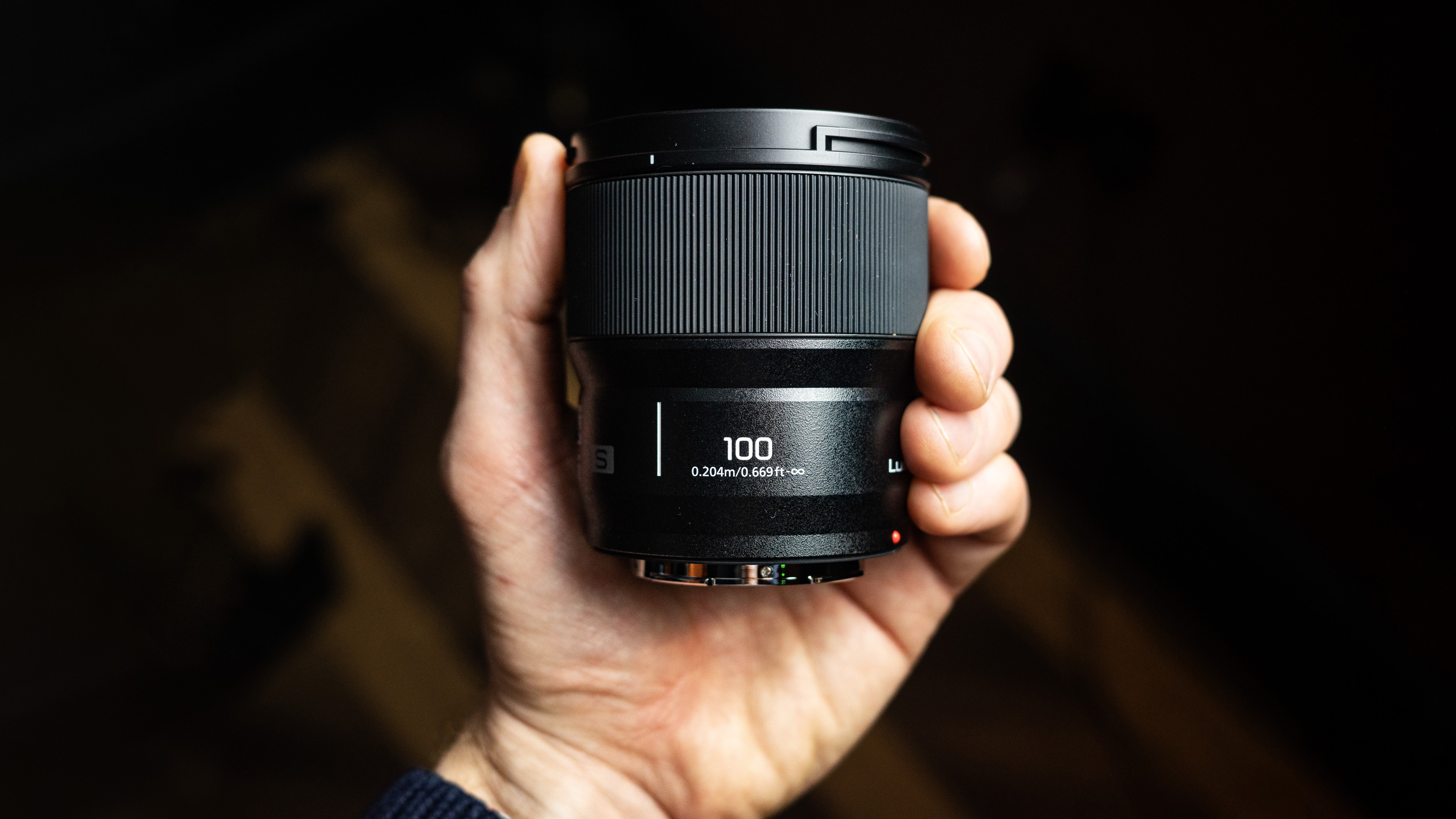
Panasonic has announced the Lumix S 100mm F2.8 Macro, the world's smallest and lightest lens of its kind. The new lens is the first to feature the company's patented 'dual phase linear motor' focus system, which enables it to create much smaller lenses than were previously possible.
The tiny Lumix S100mm Macro is a twist on the classic full-frame 100mm macro lens with 1x maximum magnification, which is a super-popular cross-brand lens. I got to try the new lens out ahead of its announcement, and it's barely a handful.
Lined up against other popular macro models such as the Sigma 105mm f/2.8 DG DN (also L-Mount), Sony FE 90mm f/2.8 G OSS, Nikon Z MC 105mm f/2.8 VR S and Canon RF 100mm f/2.8 L Macro IS USM, Panasonic's lens is around two-thirds the size and less than half the weight, though Canon's lens boasts a 1.4x magnification.
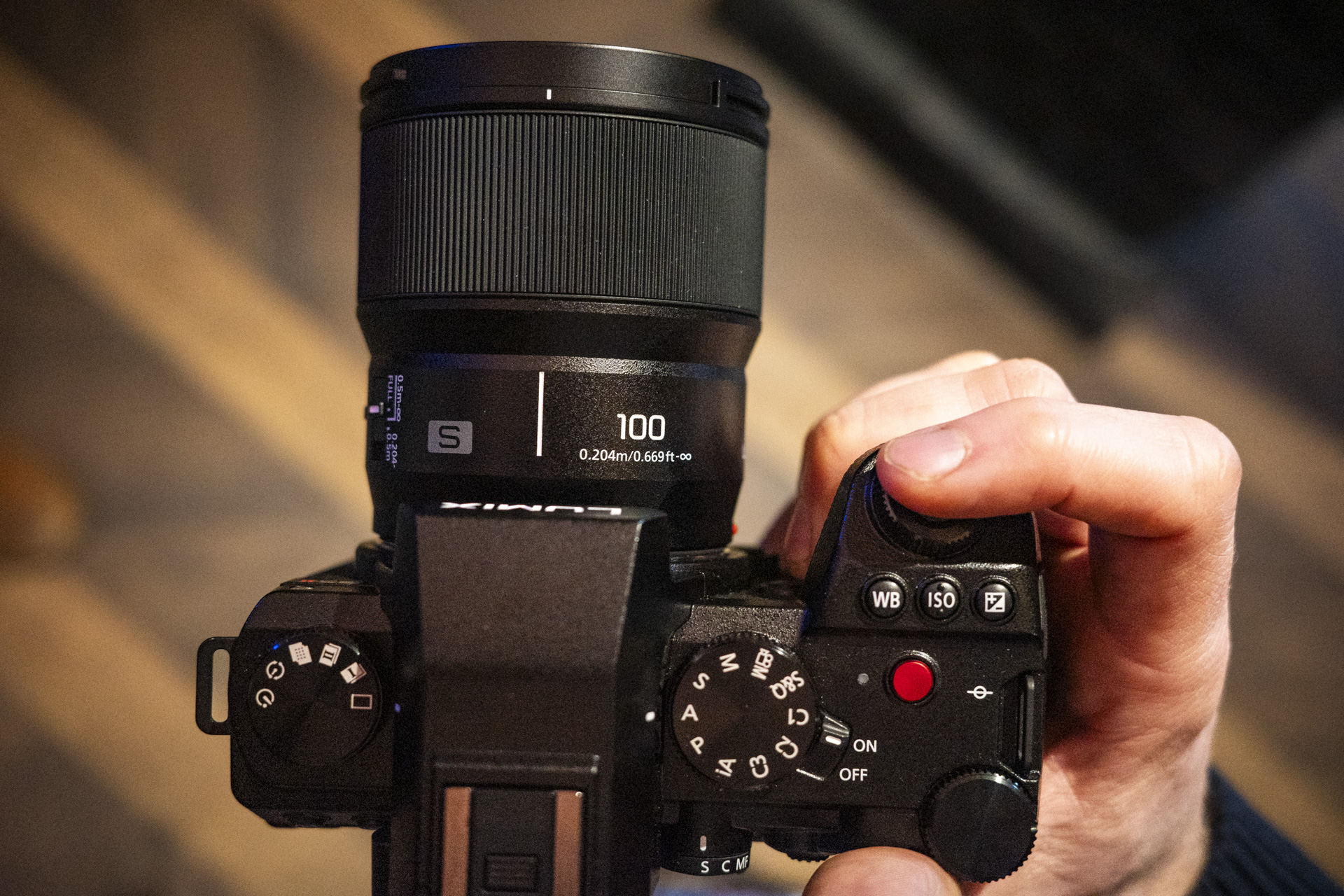
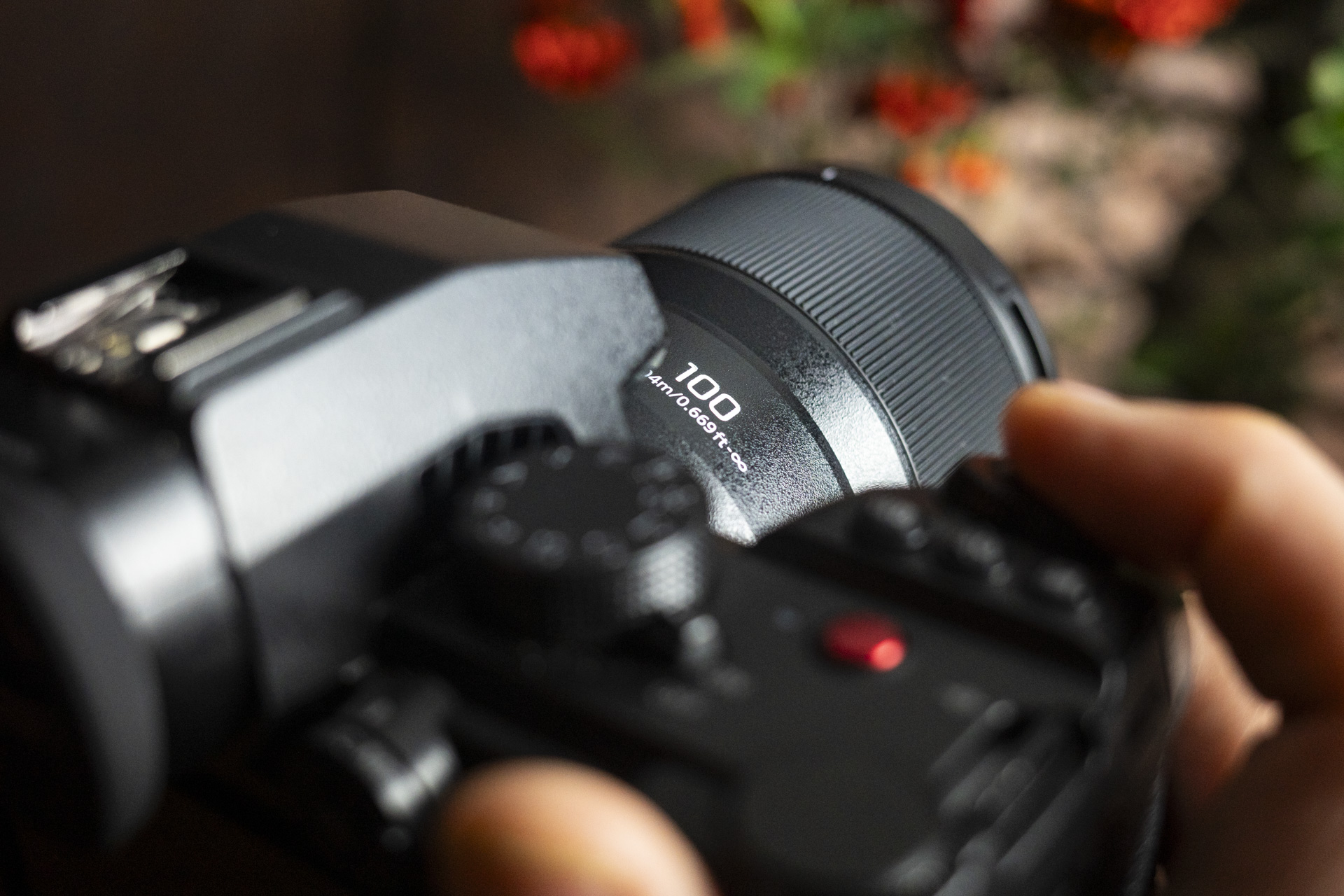
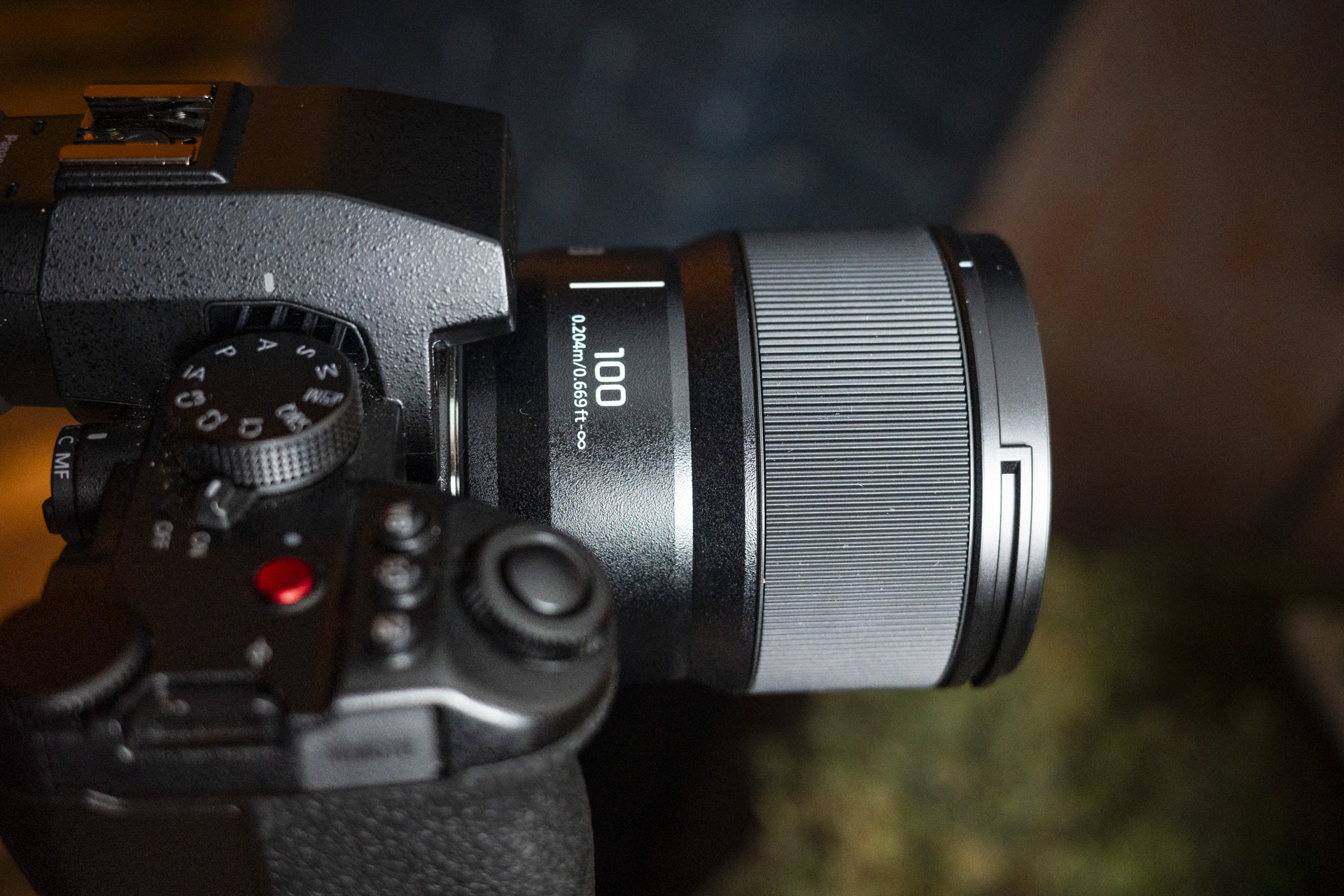
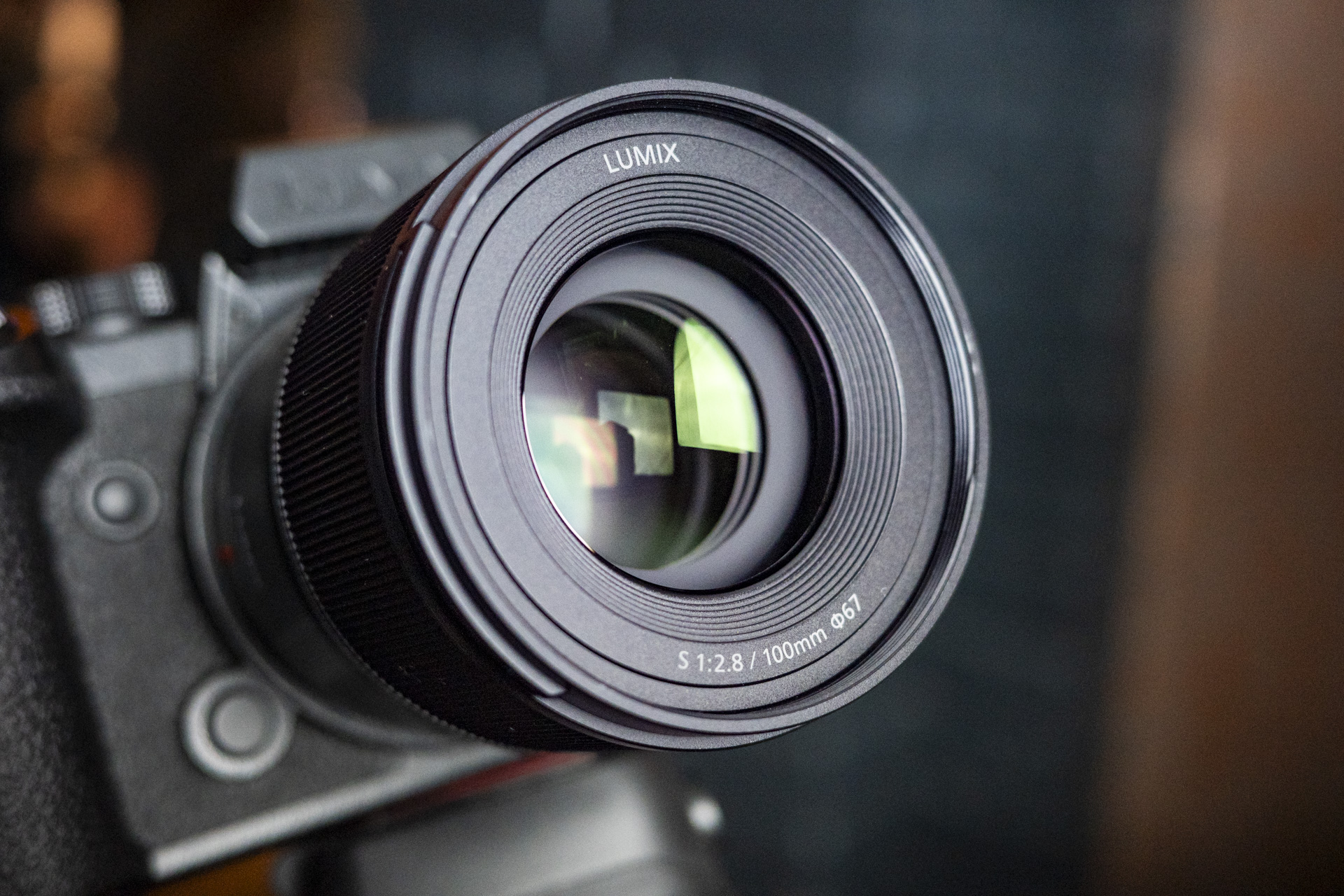
The Lumix S 100mm f/2.8 Macro lens hits shelves on January 24 and costs $999 / £1,099 / AU$1,999.
Panasonic's new L-mount macro lens weighs just 10.5oz / 300g and is just 3.23 inches / 82mm in length, where other models typical weigh 20-25oz / 600-700g and are over 5.1 inches / 130mm. So it's not just the smallest and lightest 100mm macro lens by a whisker – the Lumix S 100mm is in a whole other league.
What's also neat about the Lumix S100mm lens is that there are five existing Panasonic f/1.8 prime lenses, also for the full-frame L-mount, that are essentially the same size and weight, which makes quick swaps between these lenses and the new macro model, including on gimbals, all the easier.
Beyond how it measures up, the new 100mm macro is built to high standards, with a metal rear mount, and dust and splash resistance; and, unlike rival models, it's officially freeze-resistant, down to -10C / 14F.
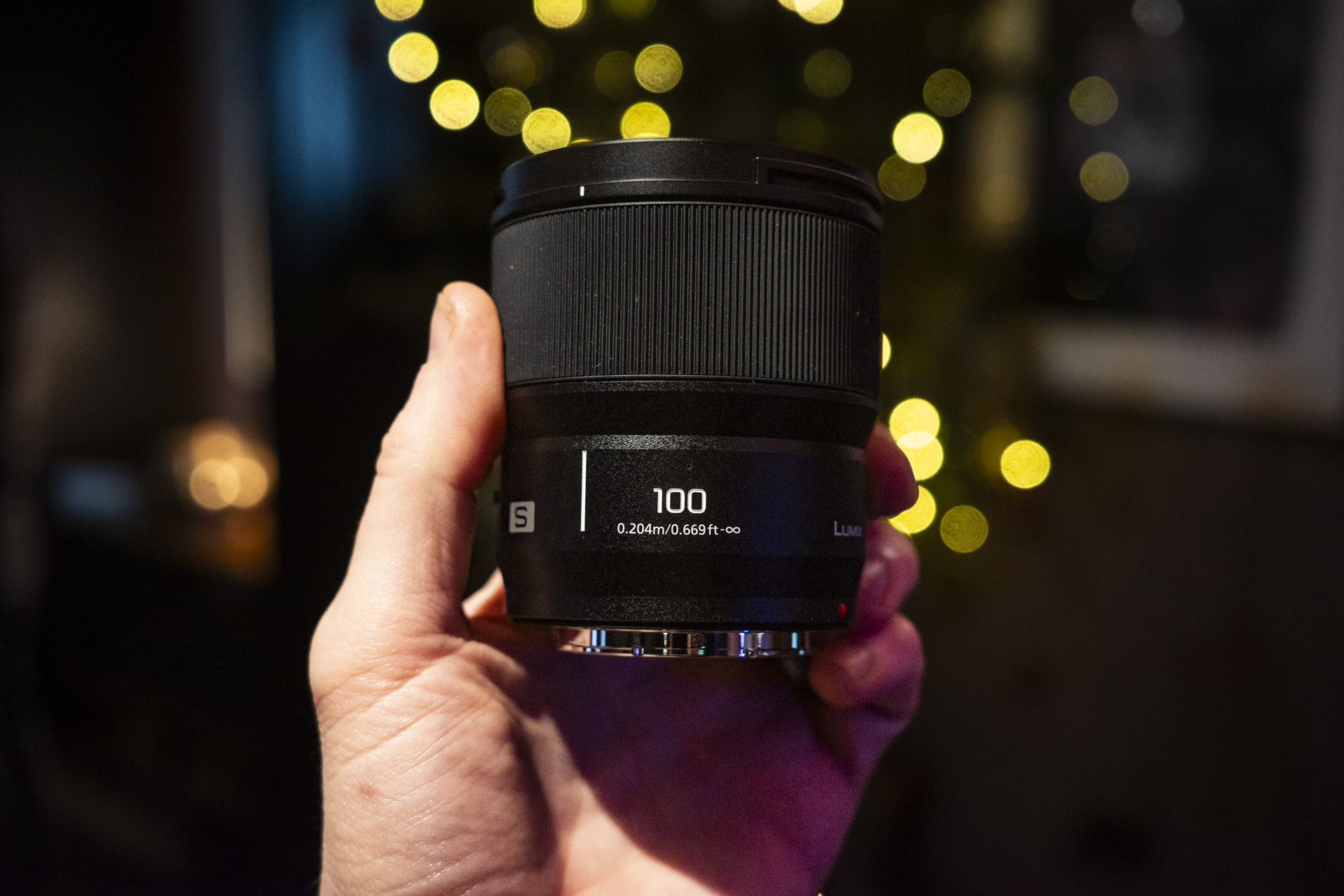
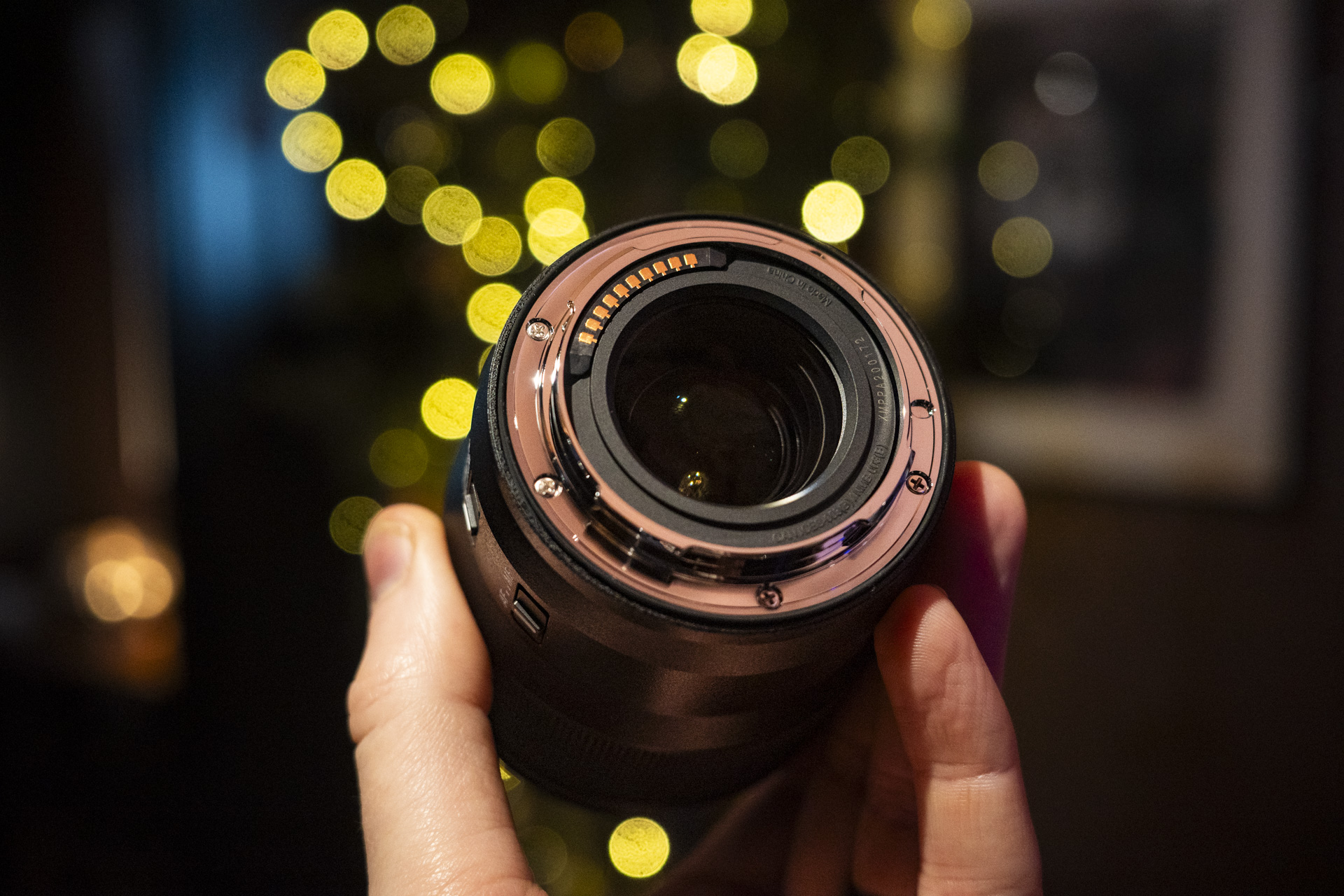
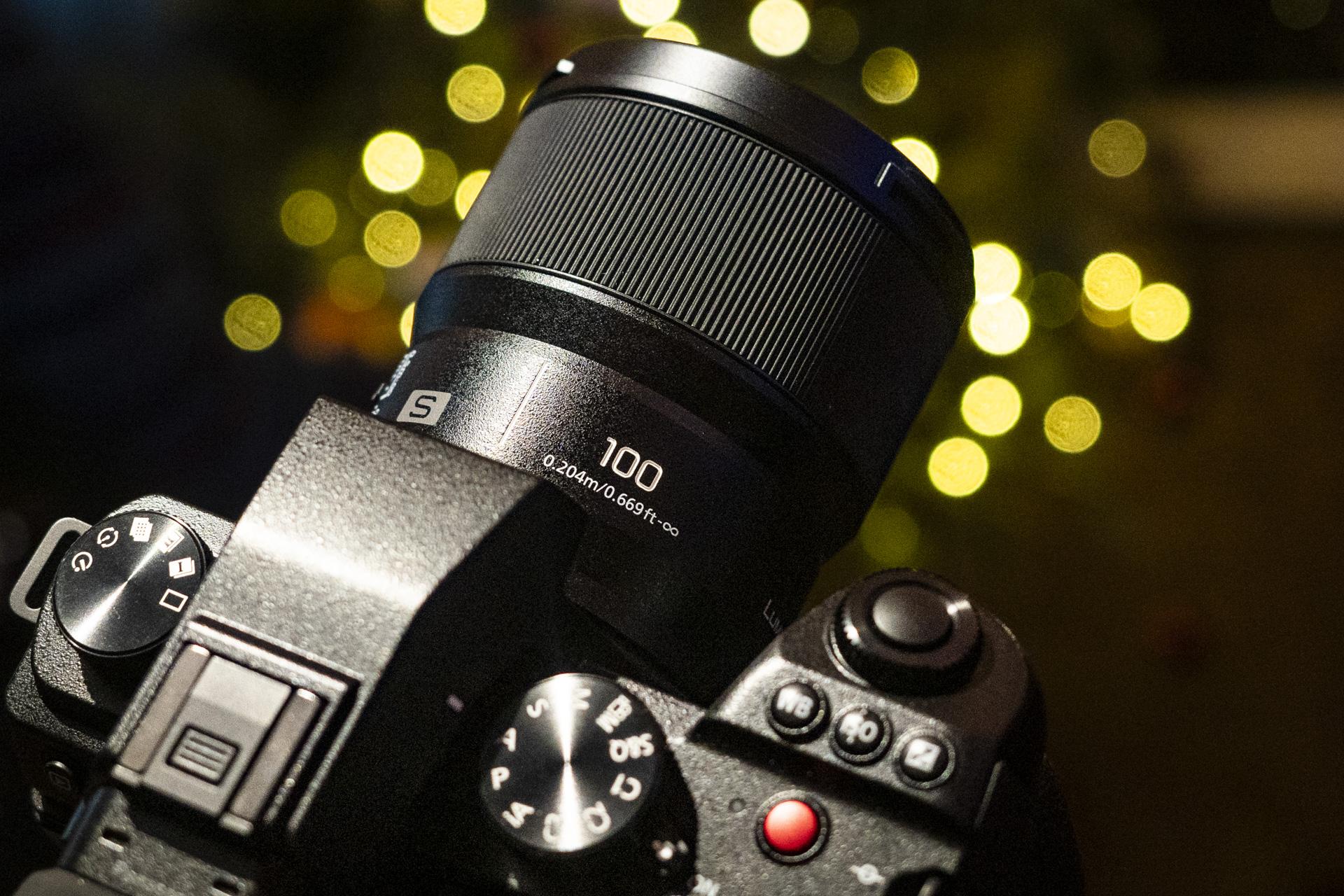
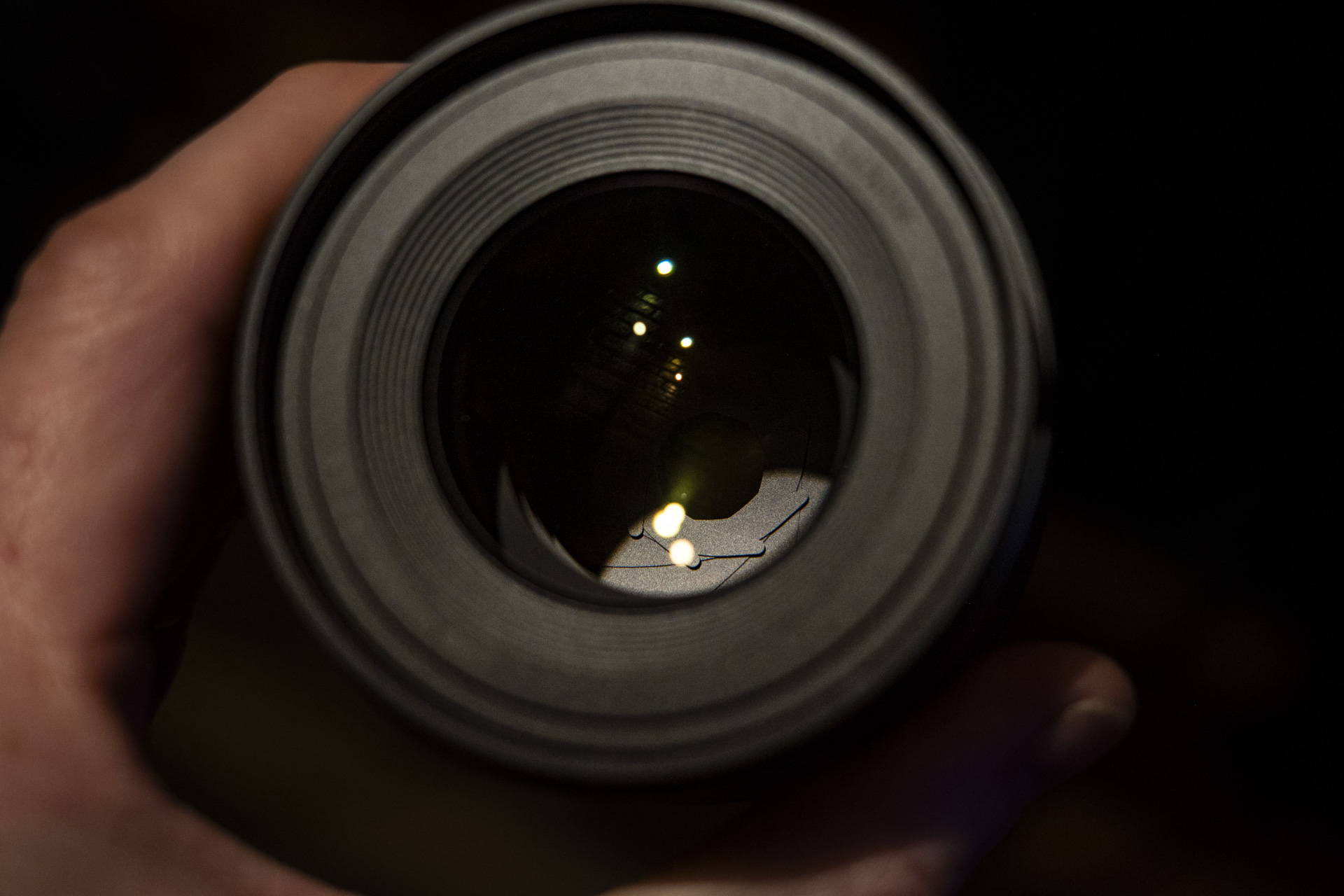
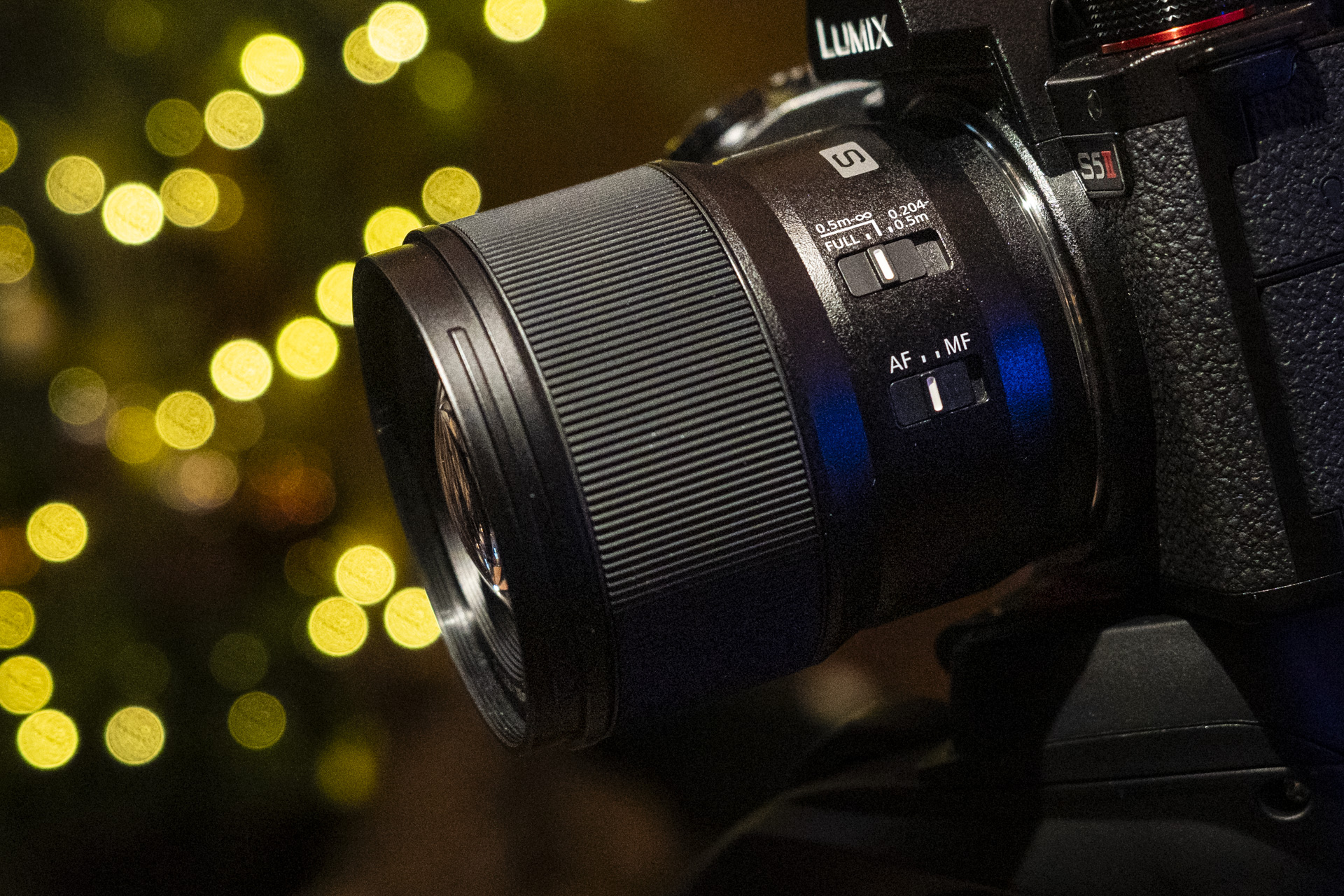
The lens has nine aperture blades to produce rounded bokeh at f/2.8, making it well suited to portraiture. There are 13 lens elements in 11 groups, including three aspherical elements; while this lens may be smaller and lighter than others, there's no compromise on quality.
Get daily insight, inspiration and deals in your inbox
Sign up for breaking news, reviews, opinion, top tech deals, and more.
Panasonic says the optically stabilized lens will also work with the high-res shot modes in compatible cameras like the S5 II, which can produce a 96MP image from its 24MP sensor by combining multiple frames, though of course that will only work for static subjects.
The minimum focus distance of the Lumix S 100mm f/2.8 Macro is just 8.03 inches / 20.4cm, which is a good 30% closer than rival lenses. Presumably this is because at 3.23 inches / 82mm it's so much shorter than those lenses, yet is still the same full-frame sensor format.
Analysis: does size matter?
While the numbers stack up in favor of Panasonic's new lens in terms of size, weight and close-focusing capability, what does that mean in reality?
Personally I prefer lenses that can be further away from living macro subjects and not closer to them – you need to use the lens' minimum focus distance to gain the maximum 1x magnification, and butterflies and insects are easily scared away if you get too close.
I own a Sigma 105mm f/2.8 macro lens that's more than twice as heavy and a third longer than the new Panasonic model, and I have no complaints with it. Of any lens type, arguably a macro lens is fine just as it is – a slightly chunky hunk of glass.
However, kudos to Panasonic for creating something that's so different from the norm, while maintaining the kind of optical excellence one would expect from a $1,000 / £1,100 lens.
You might also like

Tim is the Cameras editor at TechRadar. He has enjoyed more than 15 years in the photo video industry with most of those in the world of tech journalism. During his time as Deputy Technical Editor with Amateur Photographer, as a freelancer and consequently editor at Tech Radar, Tim has developed a deeply technical knowledge and practical experience with cameras, educating others through news, reviews and features. He’s also worked in video production for Studio 44 with clients including Canon, and volunteers his spare time to consult a non-profit, diverse stories team based in Nairobi. Tim is curious, a keen creative, avid footballer and runner, and moderate flat white drinker who has lived in Kenya and believes we have much to enjoy and learn from each other.